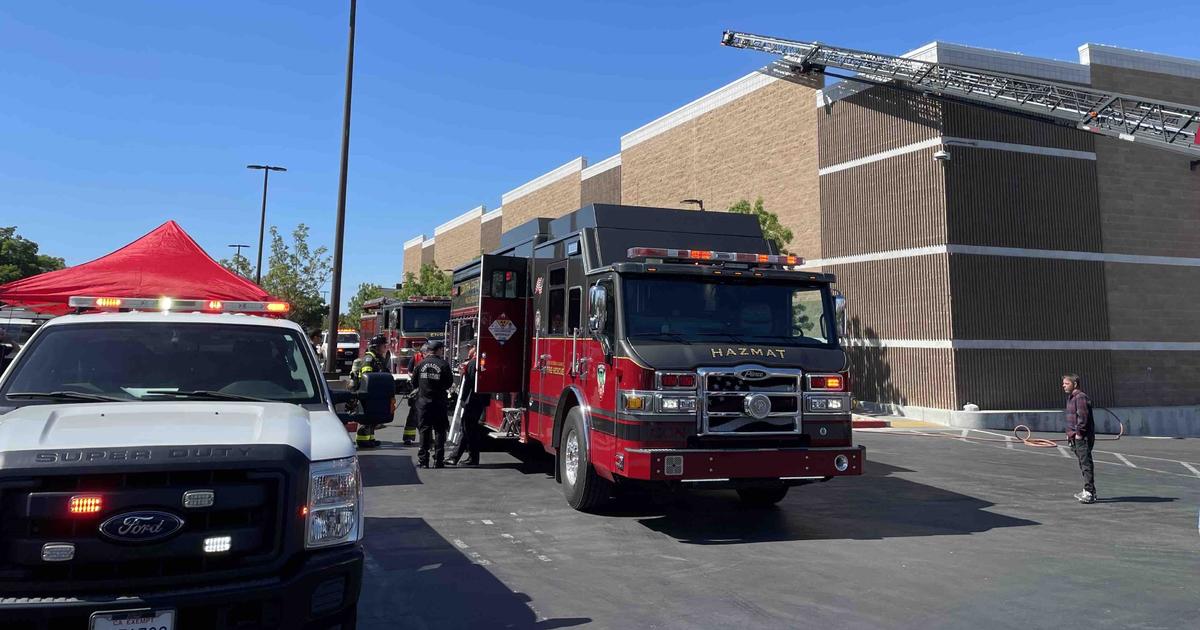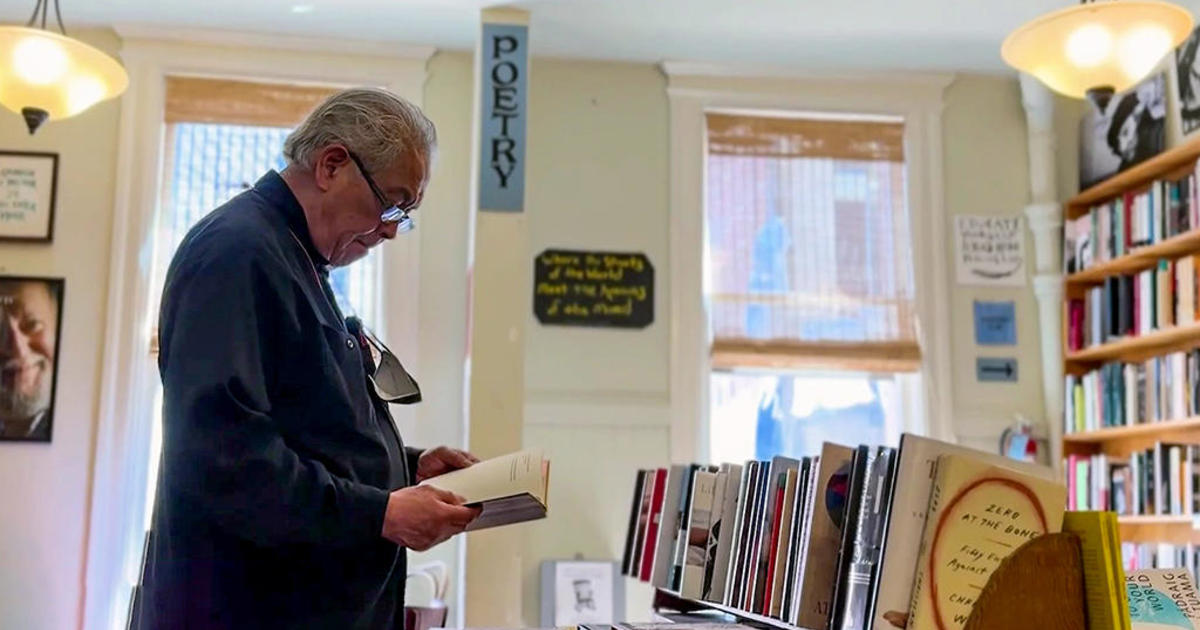Salmon savers: Volunteers in Santa Cruz County seek to turn tide of declining coho populations
SANTA CRUZ COUNTY – A tiny number of the fish that used to fill West Coast rivers are still running in the creeks. In Santa Cruz County, an effort to turn the tide of declining salmon populations appears to be paying off.
Far from the beaten path of tires pounding 280 pavement, Connor Greenwood's commute threads a narrow dirt path off Swanton Road abeam Highway 1 some thirty minutes north of Santa Cruz.
It's something he's done come rain, shine, or the August 2020 wildfires that scorched the redwoods that flank Big Creek Road.
"This place was an inferno", Greenwood recalls.
Barely escaping the flames: 28,000 inch-long coho salmon, inside large pools topped by canvas domes that come into view as we round the bumpy bend into Kingfisher Flats Hatchery.
Greenwood's job: keep them alive and thriving.
But since Europeans arrived, 99.9% of wild salmon have been doing the opposite. It's estimated that only 0.1% of the numberless salmon (probably in the tens of millions) that once coursed West Coast rivers remain.
Salmon season has been canceled this year, and prospects remain bleak. California's 1400 dams don't help, nor does its overpowering population of 40 million people, most of whom live in parts of the state least able to naturally keep them fed and watered.
Thus the throwing up of the dams and the rivers with a million straws stuck into them. Also thus, the towering obstacle faced by the Monterey Bay Salmon & Trout Project.
But face it they do, with the mission of recovering the native salmon and steelhead populations of the south coast at the extreme southern edge of the historic range of coho salmon.
Back to the salmon tanks. We've already met the 28,000 coho. To their elders in an adjacent tank, about 115 of them. And Greenwood is the perfect guardian.
"I've loved fish all my life. I've kept saltwater aquariums and freshwater aquariums. It's been a long time coming that I ended up working on a creek with fish," he said.
The 'aquariums' here are more like pools, about the size of a doughboy, if you remember what those are. Inside this tank, it's brimming with adults.
"These are central coast coho salmon, and these are fish are about two years old. And this coming season we'll be spawning them out," Greenwood told KPIX. "So we'll be taking eggs from the females and taking milt from the males and then crossing them."
Greenwood said this as he spoons a hunk of krill seasoned with two vitamin supplements and cod liver oil. Lobbing this into the tank, salmon explode to the surface.
In a day, adults gobble about 12 pounds of krill. As for how many fish the breeding pairs will produce?
"We're hoping upwards of a hundred thousand fish," Greenwood said.
About 25,000 of those will be placed in the nearby stream, reached by taking a few steps from the tanks through a mini-jungle of trees and brush, ending at a river-runs-through-it sort of tranquility that makes one want to toss their laptop and pull up a square yard of clover and watch a few years pass by.
Into this creek—Scott Creek, which eventually winds safely to sea at Scott Creek Beach just north of Swanton Berry Farm—will wriggle the released fish, each with a tiny tracking wire in its snout, which Greenwood will have to place by hand this coming Spring.
That's how they track the success or otherwise of the program.
"The coho salmon in Scott Creek were functionally extinct for a few years in the beginning of our program," he recalled. "It's pretty amazing to know that all of these fish are our babies in some way."
As for how many fish: time will tell. It's a tough go against formidable odds. The small fish are easy prey, and it's a mighty tough ocean off the town of Davenport.
"Salmon are not doing very well. Climate change and ecosystem degradation destruction has contributed greatly to their decline," Greenwood said.
But on this fine day in late summer, with tens of thousands of tiny coho limbering up to eventually take the plunge, at least some good folk are doing what they can to turn the tide of declining salmon populations.




